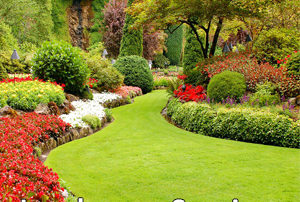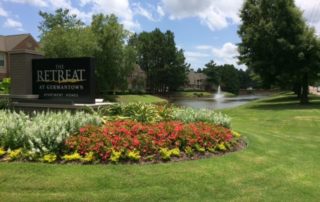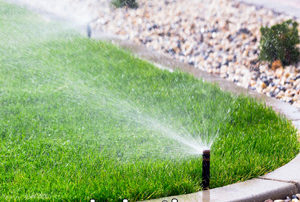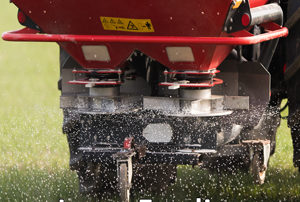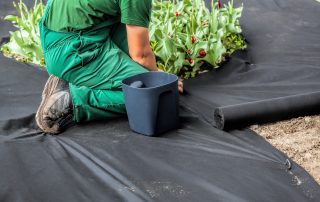Do’s and Don’ts of Summer Landscaping
When it comes to each season of the year, there are things you want to do and avoid with landscaping. In following these rules of landscaping, you'll find that certain actions promote the beauty and growth of a lawn, greenery, and flowers while others don't. To help your own landscape this summer, here are some do's and don'ts, starting with your summer lawn. DO think ahead when it comes to fertilizing your lawn. Planning a specific time for it will make sure you feed it appropriately and maintain its lush look the whole year round. DO use organic lawn food that offers the best nutrients for your lawn. Read all the directions before putting it on your lawn. DON'T burn your lawn by putting down fertilizer when it is hot and dry. Be sure to add plenty of water to keep the grass moist when fertilizing. If too hot outside, it's better to wait on fertilizing your lawn. DON'T let your lawn go dormant by letting the grass die down. It takes a lot to make it come back. Or, it may not come back at all. That will mean more money and time you don't want to spend. Now, let's look at your entire summer landscape for some other tips: DO have a plan for what to plant and where. Think about what gets sun and shade as well as where water can automatically reach your plants and flowers. Then, plant accordingly. This plan will save you money and increase the chances of a beautiful look. DON'T overdo what you are planting. Keep it natural with the flowers, trees, and plants as well as accessories like pathways and fountains rather than put too much. DO try something new like a different type of flower or shrub to add new interest to your overall aesthetic. DO use drought-tolerant plants and look to add as much as possible that doesn't require as much water. DO bring in a specialist or professional for your commercial landscape so you can enjoy the look without having to do all the work. Contact us today to learn more!

